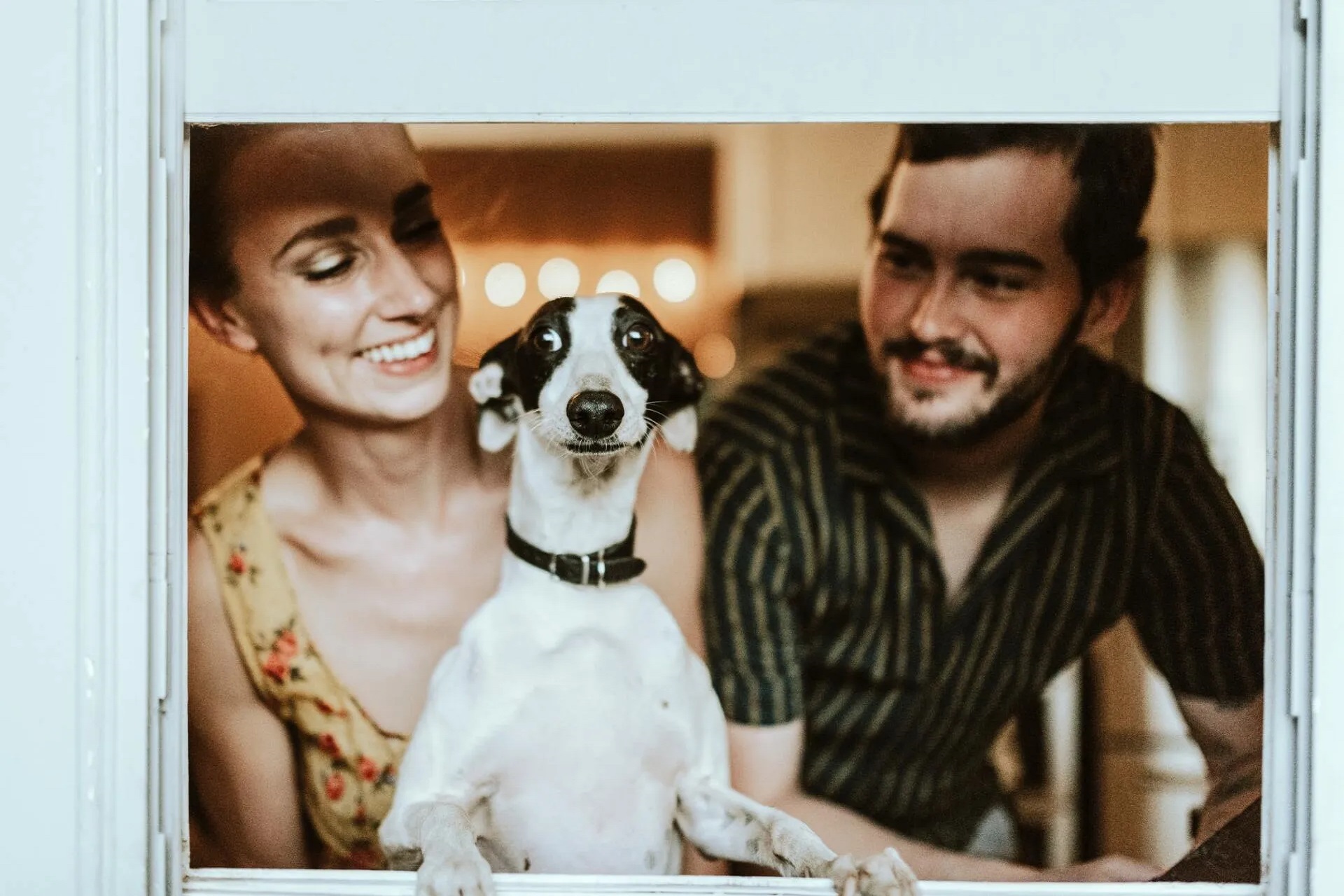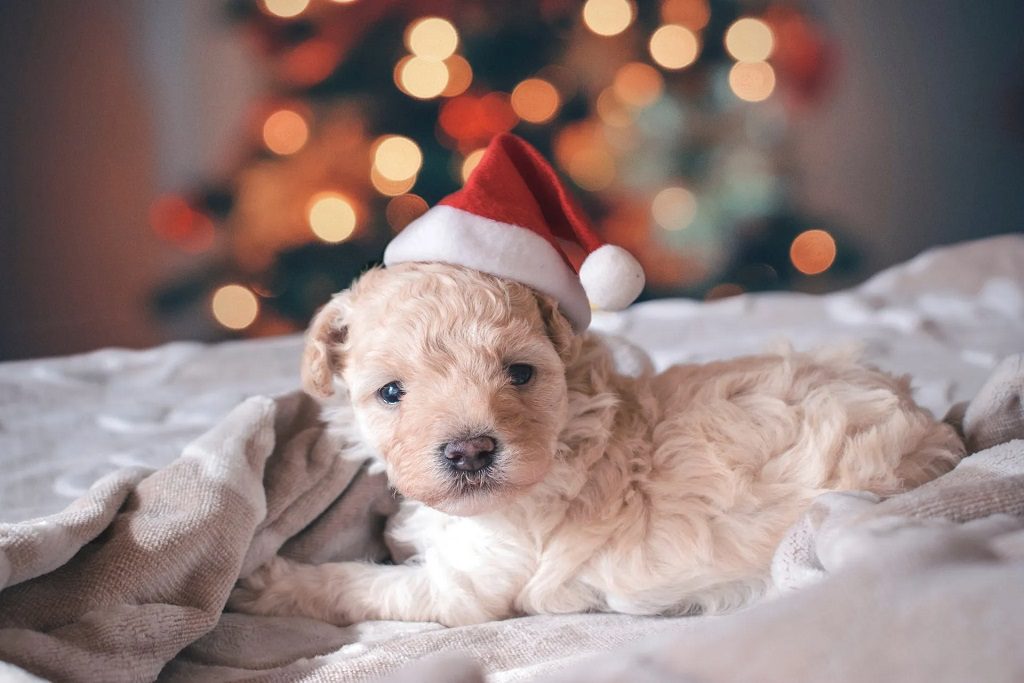Setting Up A Guinea Pig Cage
Here’s a fun fact: the U.S. has more pet Guinea pigs than any other country. According to data from AVMA research from 2022, roughly 1.5 million households in the States have cavies. Of course, these tiny guys are quite social and should always have roommates, so the actual number is probably higher. In fact, the United States might have up to 3.8 million Guinea pigs. It’s not hard to see why Guinea pigs are popular: they are adorable and relatively easy to care for. In fact, providing your pet with a good cage is frequently half the battle. In this article from All About Animals Veterinary Hospital, serving the Villa Rica area, a local Carrollton, GA veterinarian answers some commonly asked questions about guinea pig cages.
What Size Cage Is Best For Guinea Pigs?
The answer to that basically depends on how many guinea pigs you desire. The Humane Society offers an official guide that serves as a decent guideline. One Guinea pig needs at least 7.5 square feet of space. However, you should never have just one Guinea pig. Cavies are extremely social animals, and they need buddies to play with and snuggle up to. In fact, they get so lonely without pals that in Sweden it’s considered abusive to only have one, and it is legally mandated there that you must have at least two. 10.5 square feet is a good minimum for two. A minimum of 13 square feet is required for three. The minimum size advised for four is 16 square feet.
You can go with a multi-level cage, but make sure they cannot fall from it. It should feature an enclosed ramp that is safe and easy for your adorable pets to climb, and the upper levels should be free of gaps and openings that your pet could fall through. This is critical since these guys lack a clear vision and could easily tumble off something.
Do Guinea Pigs Need A Lot Of Free Time?
Absolutely! Living in a cage can be boring for an active tiny ball of fur. Your adorable pet will appreciate and profit from spending time outside of their cage. This is also an excellent opportunity for you to play and spend time with your pet.
Just make sure to petproof before letting your tiny friend out to play. Guinea pigs have open-rooted teeth and will reflexively nibble on anything that comes within reach of their little paws. This can be risky because many common household things are hazardous to these guys. Some substances are poisonous to pets, while others can suffocate them or cause internal harm if swallowed.
Some of the issues you’d need to address include:
Small and sharp things: This includes items such as pencils, safety pins, paper clips, miniature toys, rubber bands, jewelry, and fishing tackle.
Ropes and cords: Smaller animals can easily become entangled in rope, thread, or cord. Consider draping cords and blanket or pillow tassels.
Poisonous Items: Many common household plants are poisonous to pets. That includes bulbed plants, like lilies, daffodils, and tulips; rhododendron; chrysanthemum; castor bean; marijuana; iris; and azalea. The ASPCA has a good list here. Though it’s aimed at cats and dogs, if something is unsafe for Fluffy and Fido, you can probably assume it’s unsafe for cavies as well. However, it’s best to research individual plants.
Spaces: You’ll also need to seal off gaps behind and beneath furniture and cabinets. Other potential hazards include staircases, stoves, pools, and the spaces underneath recliners. Also, ensure that all vents are closed and that all doors, screens, and windows are secure and escape-proof.
Chemicals: Keep anything potentially harmful out of the reach of those lovely paws. Cleaning agents, medications, drain openers, paint, insecticides, and automated devices are examples of such items.
What Are the Worst Kinds Of Cages for Guinea Pigs?
You can get a variety of cages in stores and online, but that does not imply they are all safe or appropriate for your pet. We would recommend against using plastic buckets. Glass cages are likewise not ideal. Anything with a mesh or wire floor is also risky. These floors do not retain the substrate in place and can cause catastrophic injury. For more information, consult with your veterinarian.
What Is The Best Bedding To Get Guinea Pigs?
Picking the right bedding is definitely important! Dirty bedding not only stinks, but it also harbors bacteria, increasing the likelihood of your pet acquiring respiratory and fungal infections. You want something that absorbs moisture, dries quickly, and removes odors. It should also be free of toxins.
Avoid wood or paper-based beddings. Pine and cedar products are particularly hazardous since the oils in them can cause respiratory problems in little animals. Fleece is actually a viable option. Beach towels are another option: they’re washable and fairly inexpensive. Plus, they can make your pet’s cage more bright and fun. You may also place a pad below to soften it. (Use one designed expressly for pets to ensure that it is not poisonous or otherwise hazardous.)
Keeping your pet’s cage clean is also essential. We recommend doing spot cleaning every day. This includes disposing of garbage and uneaten food, as well as changing soiled hay and padding. You should undertake a thorough cleaning once a week, which includes washing dishes, changing bedding and litter, and wiping down the cage. For more information, consult with your veterinarian.
How Do You Make The Cage Fun For Cavies?
Did you know that even tiny pocket pets can become depressed and unhappy if they are not stimulated and enriched? Boredom can have an effect on your pet’s health and well-being, just as it can on yours. You’ll want to include some enjoyable toys and accessories. Chew toys are an absolute necessity. These tiny fellows must chew quite a bit to keep their teeth healthy!
You may also keep things interesting by rearranging your cute pets’ cage on a regular basis. This will make things more enjoyable and thrilling for your tiny buddies. Cozies and exercise wheels are also great cavy furnishings. With the exercise wheel, be sure to get solid wheels: wire wheels might be dangerous.
Where Is The Best Place To Put My Guinea Pig Cage?
The ancient adage “location, location, location” is undoubtedly relevant here. Finding the proper location is critical for your pet’s comfort, health, and happiness!
Don’t place your little furballs’ cage in bright sunlight, a drafty environment, or someplace that is extremely loud or busy. Guinea pigs are little and easily scared. Of course, your furry friends will not be happy if they are too secluded. A peaceful area is typically a good bet.
You should also consider temperature. Guinea pigs are not tolerant of severe temperatures and prefer temperatures between 65 and 75 degrees Fahrenheit.
Finally, don’t forget about your other pets. If you have a dog or a cat, you may place the cage on a strong table or something similar to keep Fido and Fluffy away. A tiny Guinea pig may get quite scared if a dog or cat is always looking in on him!
Ask your Carrollton, GA vet for more information on caring for your Guinea pig. We are pleased to assist!
Make An Appointment at Our Carrollton, GA Pet Clinic
Have any questions on how to care for a Guinea pig? Contact us at All About Animals Veterinary Hospital, serving the Villa Rica area! We are committed to providing exceptional treatment.



